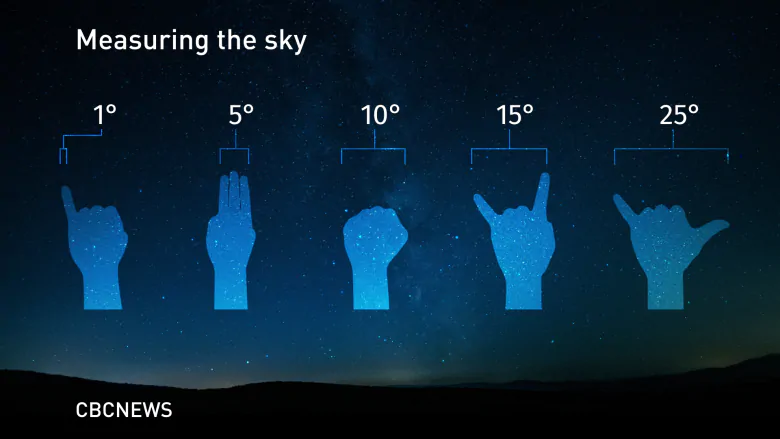Look for a spectacular pairing of Venus and Jupiter in the night sky this weekend — and more

Venus and Jupiter — two of the brightest objects in our night sky — are about to have a close encounter.
Don’t worry, though: it’ll only appear that way. The two still lie a safe 670 million kilometres apart.
However, just after sunset on Nov. 24, you’ll be able to spot the two extremely close together in the southwestern sky.
The event, called a conjunction, occurs when two celestial objects come relatively close together in the sky.
In this case, the two planets will appear less than one-and-a-half degrees apart (in astronomy, distances between objects are measured in angular degrees).
The pair will be visible from the Atlantic provinces west to Vancouver, though it will be more challenging west of Ontario since they’ll be very low on the horizon. The higher up you can get, the better. It will not be visible roughly north of Edmonton.
The great thing about the event is you don’t need a telescope. But if you have a pair of binoculars, you could pull them out for a close-up view. You might even be able to spot four of Jupiter’s 79 moons.

The last pairing of these two was on Jan. 22, but you would have had to be up pretty early to catch it as they appeared in the morning sky.
And the next Venus-Jupiter conjunction isn’t until Feb. 11, 2021, which will be another early morning event and very low on the horizon.
More night sky treats
If you miss this close pairing, the good news is the two are doing a little dance around one another leading up to the conjunction as well as after. So if you think you’ll be clouded out the day of the event, you can always look in the days following, or even the day before, on Nov. 23.
And, in what should be another beautiful addition, an extremely thin crescent moon will join the planets four days later, on Nov. 28.
But wait: Venus isn’t done hobnobbing with the planets.
It’s rising higher in the sky night after night to take its place as the “evening star” (it will become the “morning star” in June 2020). Along its journey there will be another planetary conjunction, this time with Saturn.
Saturn isn’t as bright as Venus or Jupiter, so it won’t be quite the spectacle the Venus-Jupiter conjunction will be, but it’ll still be a nice sight.
It’ll take place on the night of Dec. 10 in the lower southwestern sky, just after sunset where the pair will be just under two degrees apart.
And if you miss that conjunction, the pair will still be close together for the next few nights afterwards.





